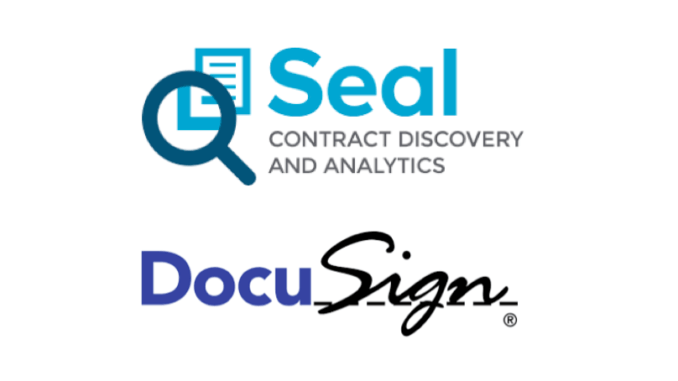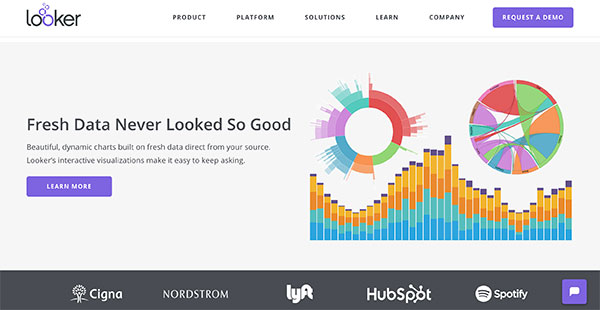While the latest reports concerning the ever-evolving field of business intelligence could be considered somewhat bold in offering insights as far forward as 20205, one key factor they highlight is the increasing role of global embedded analytics. Companies and organizations that may choose to ignore the statists, will, therefore, be doing themselves a disservice at the highest levels. Even a cursory glance by those who have taken an interest in such information will render something of a “whos-who” of the digital world’s giants, including household names including Microsoft and IBM. In fact, the Global Embedded Analytics Report encompasses statistics gathered across a diverse plateau of Geographic locations including Australia, the European Union, and the USA.
The definition of embedded analytics
From major companies to global organizations, embedded analytics have been playing major data handling, processing, and application roles for several decades. Their most rudimentary form is seen at work as EPOS (electronic point of sale systems) in virtually every store’s sales/inventory accounting systems. The evolved versions of the technology are, however, far more powerful and far-reaching, being “embedded” within the myriad IT and data collection systems of businesses
which are then connected via the internet. From measuring the performance of existing IT systems to channeling data into specific analytics dashboards, embedded analytics is already something of an industry standard.
From human resources and data collation to finance, software and fintech, embedded analytics has already permeated into them all, either as a native system or via the ever-increasing use of cloud technologies.
What drives the Global Embedded Analytics Market?
While there are many factors driving the market for embedded analytics, all the parties concerned in its use are likely to agree that data is at the top of the list. There are other factors, however, which are recognized as primary drivers of this ever-evolving market and a list is likely to look something like the following:
- The so-called “internet of things” and the increasing use of digital data among all types and sizes of enterprise
- The ongoing need to integrate data within a business’s own existing applications and the need for the flexibility to work with such systems
- As with any investment, the cost is also likely to be one of the main overriding drivers behind ongoing investment in the technology
- The level of knowledge and understanding within organizations in relation to the technology is also a key driver
An overview of the Global Embedded Analytics Market Study
Whatever size of operation you manage, there is no doubt that the Global Embedded Analytics Market Report is likely to be an indispensable tool. In reality, it is, in fact, more of a comprehensive study that a simple report, offering valuable insights into both sector and geographical demographics. By offering data relating to these specific sectors, the report will prove to be an invaluable tool for any business seeking to discover how best to apportion its future investment in such systems. Furthermore, it provides access to statistical data in relation to key protagonists relevant to your own sector which can be utilized to guide investment in this technology into the next decade.
An overview of the chronology of the study
With the study’s historical data being collated between 2013 through 2017, it takes its base starting point as the year 2018. The data has then been fully analyzed to form the basis of the report's forecast’s from that point on to as far forward as 2025! It is from this standpoint that micro markets and detailed analyses have been formed with the intent of providing valuable data that business entities are then able to utilize.
Being a global report, it follows, of course, that virtually every region pertinent to the data has been included from the Middle East and Europe to Asia and both of the American continents. The report provides a further level of data mining by country including data pertinent to Brazil, Morocco, South Africa, Netherlands, and a whole host of other country players. Australia, the USA, United Kingdom UAE, New Zealand, and more are also featured.
Some of the reports key features include:
- Segmentation of the market data across a diverse range of metrics including consumption, revenue, and pricing
- Provision of the embedded analytics market overview
- Tracking of the markets changing and evolving dynamics
- Deeper layered mining by sector, application and entity specifics
- A comprehensive projection of volume and size of the market via current and historical data
- Takes account of recognized developments and trends using recent data
- Provides a competitive overview of the embedded analytics market
- Highlights offered products and successful key strategies
- Exposes potentially high-performing niches
- Offers an unbiased overview of the Global Embedded Analytics Market
- Provides all of the necessary information companies require to gain an advantage
Some of the key questions the report answers include:
- What successful business plans have been implemented through the use of global analytics and which entities have benefitted from them?
- Where are the “five driving forces” of the global embedded analytics market at and why they should concern you
- How do the global embedded analytics market dealers perceive threats to the marketplace and what does that mean for your enterprise?
- What weaknesses and strengths should key vendors be most aware of and how might they be utilized in a positive manner?
The importance of the Global Embedded Analytics Market Report
From Fortune 500 companies to small and medium-sized enterprises, there is no escaping the pertinent and pervasive role that data now plays in the day-to-day operations of any organization. This perception will only be further sharpened in the light of statistics which claim that over 80% of such entities are already impacted by embedded analytics. Therefore, If, after reading this article, you are in any doubt as to whether your organization is likely to benefit from this comprehensive report, you may wish to consider the following: The Global Embedded Analytics Report has been compiled by a team of industry experts who have
carried out a detailed analysis of all the available data. They have employed proven methodologies to ensure that only the most pertinent data has been added into this comprehensive and detailed report. We are convinced, therefore, that the report will continue to be an indispensable tool to any CEO, manager, or business owner who is prudent enough to make full advantage of the potential it has to offer their enterprise.




































